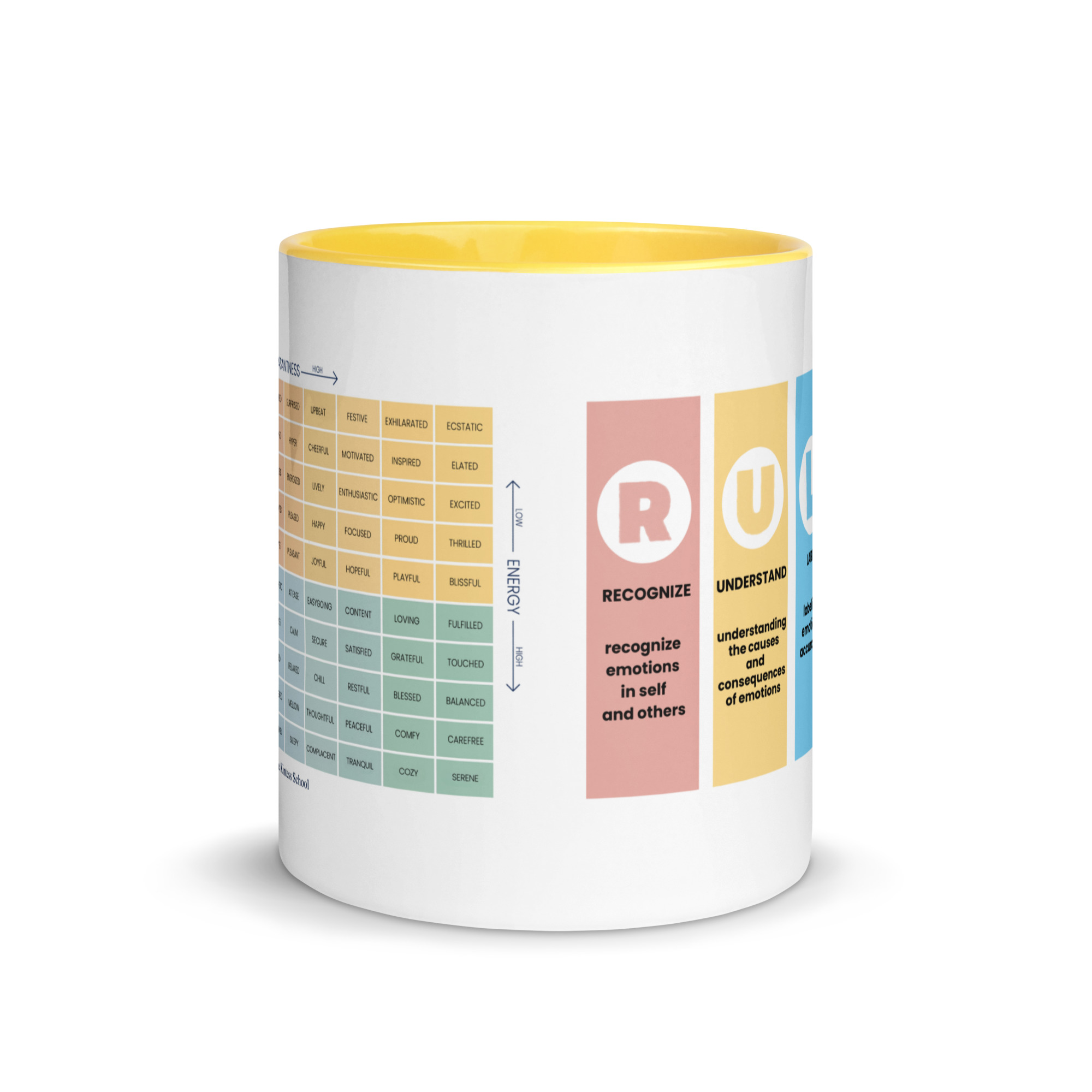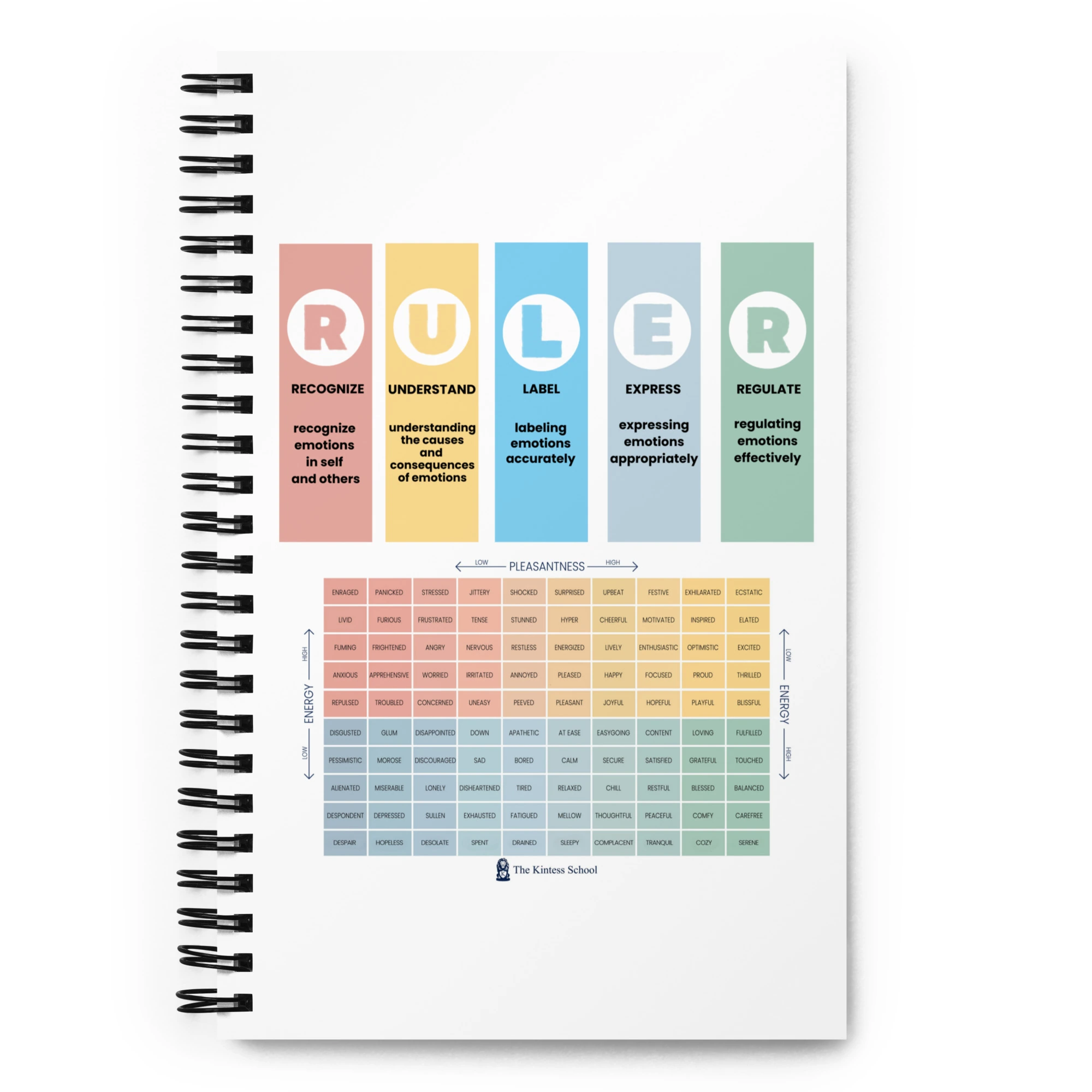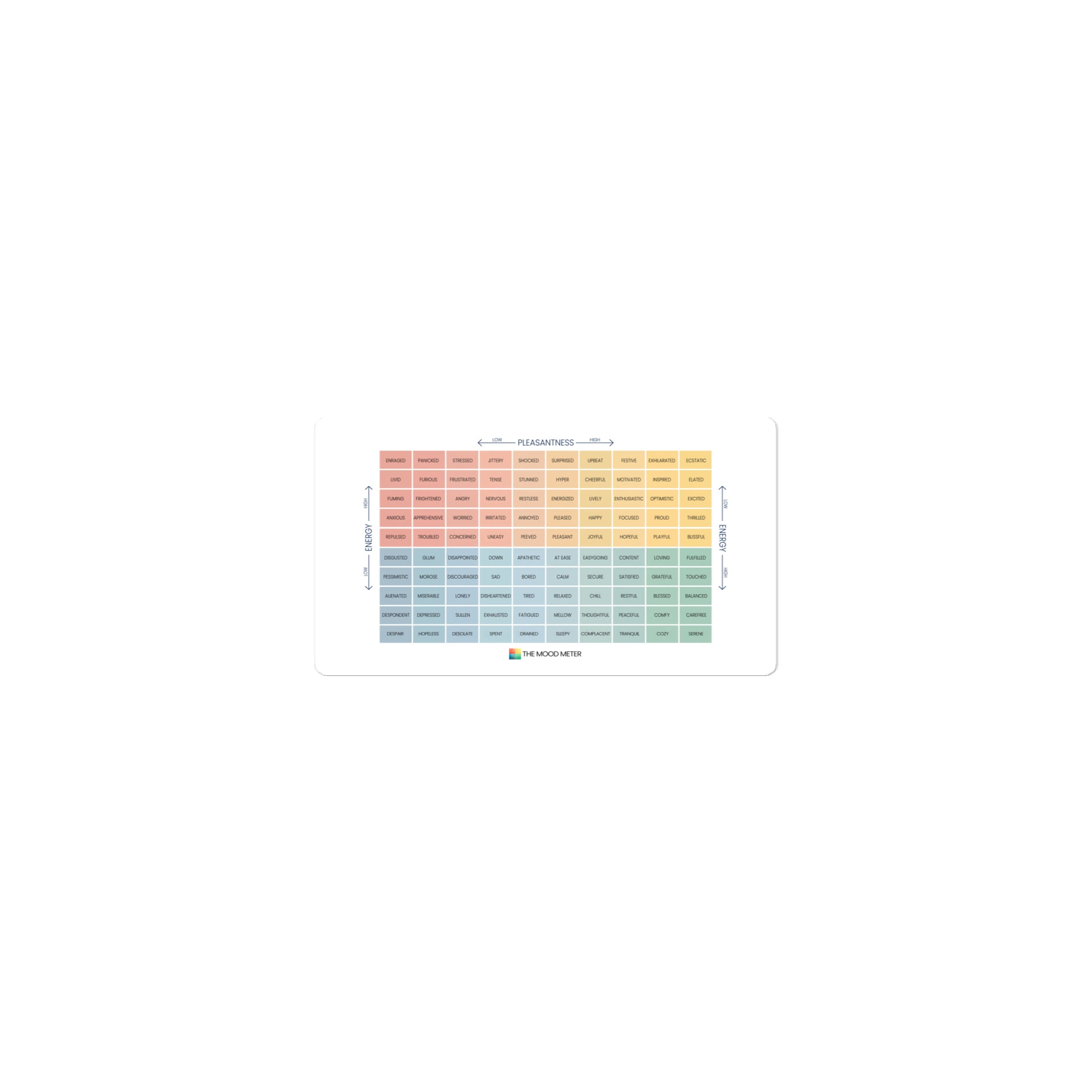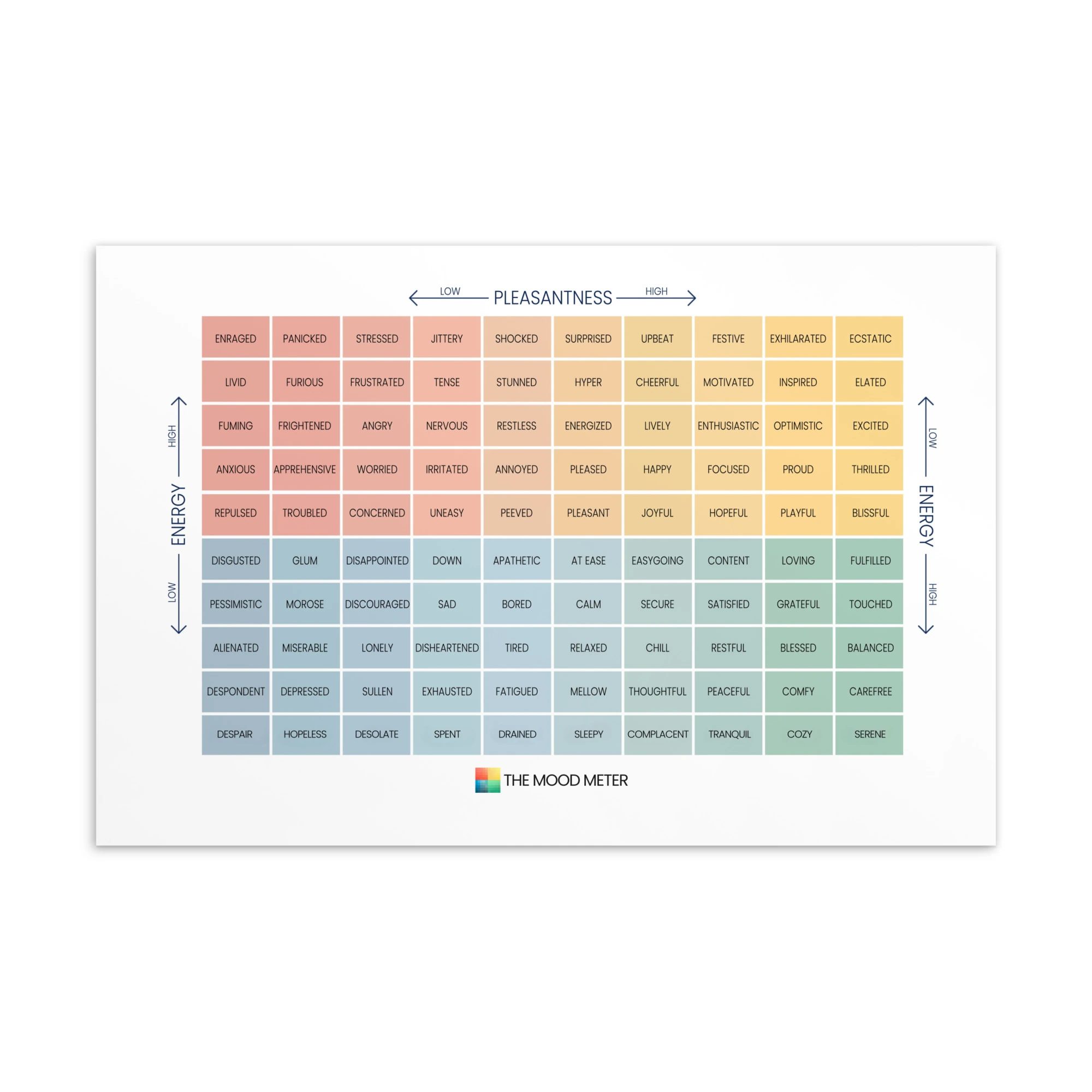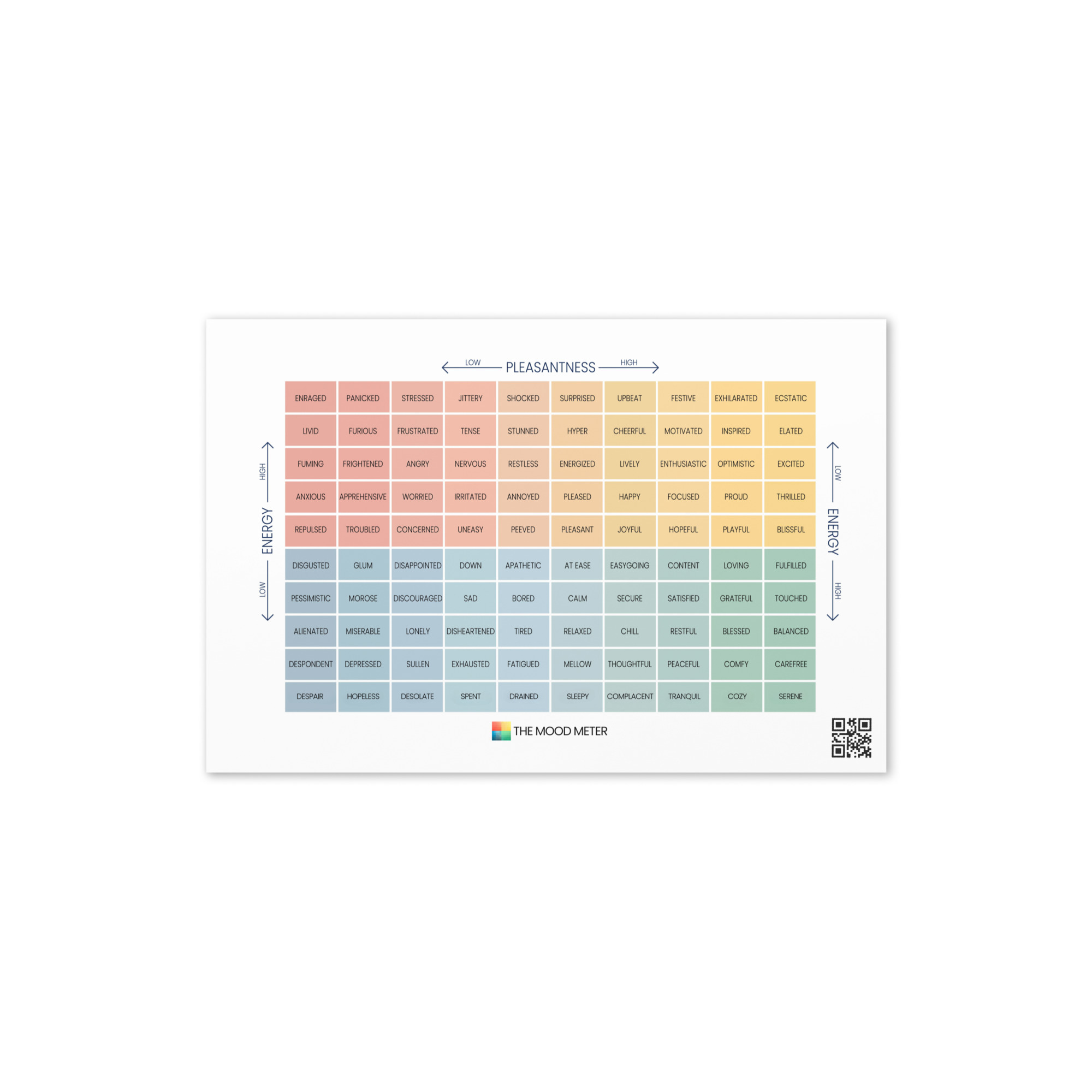Furious on the Mood Meter Explained Clearly
Furious
The Mood Meter, part of Yale University’s RULER approach to emotional intelligence, maps emotions along two dimensions: pleasantness and energy levels. The Red Quadrant represents moods that are high in energy but low in pleasantness. One of the strongest emotions in this quadrant is fury. To be furious is to experience intense anger that often feels overwhelming. While this mood is unpleasant and can be destructive if unmanaged, it is also a signal that something deeply important has been violated.
Definition of Furious
To feel furious is to be in a state of extreme anger or rage. It is more than being upset or annoyed; it is anger magnified to a level where physical and mental responses intensify. Furious moods often occur when a person feels betrayed, disrespected, or harmed, whether physically or emotionally. On the Mood Meter, furious is high-energy because it sparks action, but it is low in pleasantness because it brings discomfort, conflict, and distress.
Examples of Furious in Daily Life
The emotion of fury can appear in many real-life situations:
A parent becomes furious when their child is unfairly treated.
A worker is furious after being publicly disrespected by a manager.
A student is furious when accused of cheating despite being innocent.
A driver is furious after being cut off recklessly on the road.
A person is furious when promises or trust are repeatedly broken.
These examples reveal that fury is often triggered by injustice, betrayal, or disrespect.
Context in Which Furious is Felt
Fury arises in contexts of conflict, violation, or intense frustration. It may emerge when people feel powerless, unheard, or mistreated. For some, it arises suddenly in the heat of the moment; for others, it builds gradually after repeated offenses. Culturally, fury is sometimes viewed negatively, but it is also a universal human emotion with roots in the instinct to protect oneself or others from harm.
How to Recognize Furious
Fury is one of the easiest emotions to recognize, both internally and externally:
Physical signs: clenched fists, tense muscles, flushed face, loud voice, rapid heartbeat.
Facial expressions: narrowed or glaring eyes, scowls, tightly set jaw.
Thought patterns: racing thoughts, focus on retaliation or justice, sense of urgency.
Behavior: shouting, aggressive body language, withdrawal, or impulsive actions.
Fury often consumes both body and mind, making it difficult to think clearly in the moment.
What Furious Can Be Used For
Although fury is unpleasant, it can serve meaningful purposes when managed constructively:
Signal of Injustice: Fury highlights when boundaries have been crossed.
Protection: It can mobilize energy to defend oneself or others.
Motivation: Anger, when channeled properly, drives change and justice.
Clarity: Recognizing fury helps individuals better understand their values and limits.
Bonding: Shared fury over injustice can unite groups in collective action.
Thus, fury can become a force for growth and advocacy if expressed with control.
Managing and Reducing Furious Moods
Since fury can be destructive, managing it effectively is crucial:
Pause and breathe: Slowing down the body calms the nervous system.
Identify triggers: Understanding the cause prevents misdirected reactions.
Use physical outlets: Exercise or movement helps release pent-up energy.
Express constructively: Use calm communication rather than aggression.
Seek perspective: Reflect on whether the reaction matches the situation.
Problem-solving: Channel energy into finding solutions or setting boundaries.
By applying these strategies, fury shifts from being explosive to being transformative.
Why Understanding Furious Matters
Fury is often seen as negative, but ignoring it can cause harm. In education, furious students may struggle if their anger goes unrecognized. In workplaces, unmanaged fury can damage relationships, but when addressed, it can reveal deeper issues. In personal life, fury signals when values or boundaries need respect. Understanding this mood helps individuals not only regulate their own responses but also empathize with others. Furious is a high-energy, low-pleasantness mood in the Red Quadrant of the Mood Meter. It reflects intense anger, often triggered by injustice, betrayal, or disrespect. While it can be harmful if unmanaged, fury is also a powerful signal that can lead to growth, advocacy, and protection when channeled properly. By learning to recognize, manage, and use fury constructively, individuals transform it from a destructive force into a catalyst for change and empowerment.
